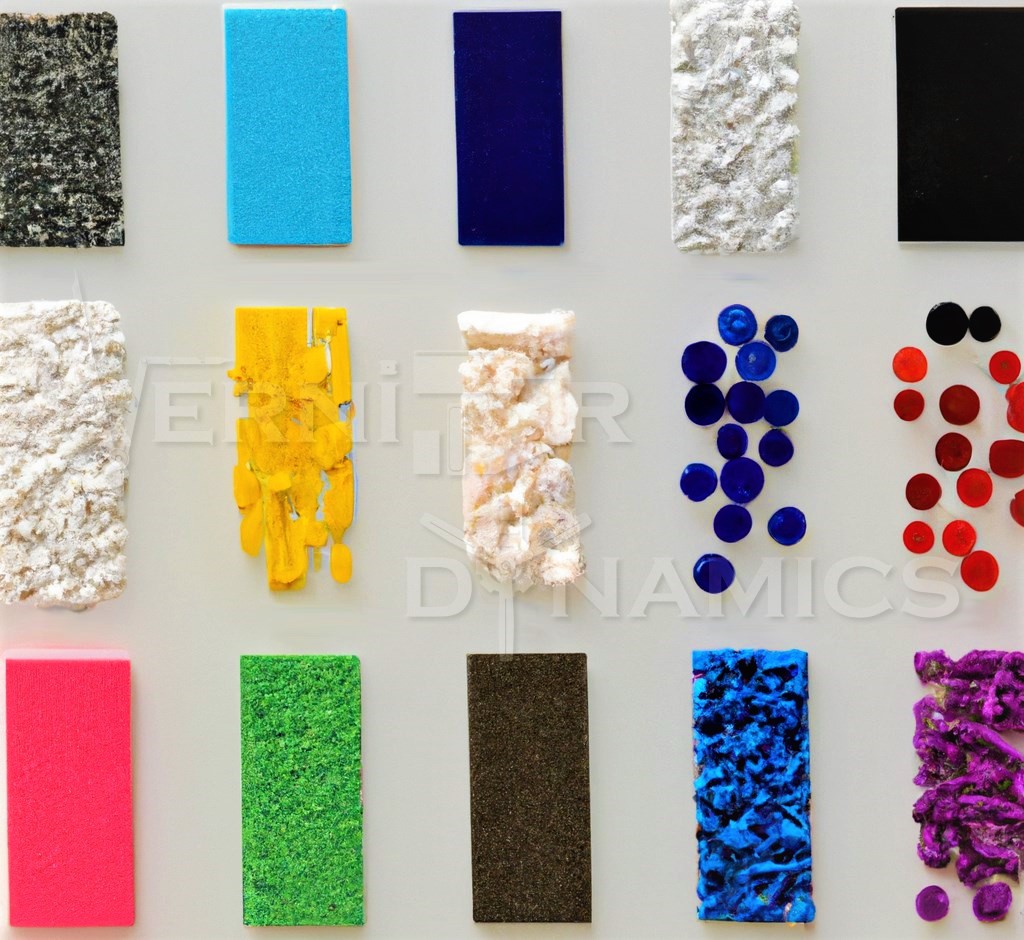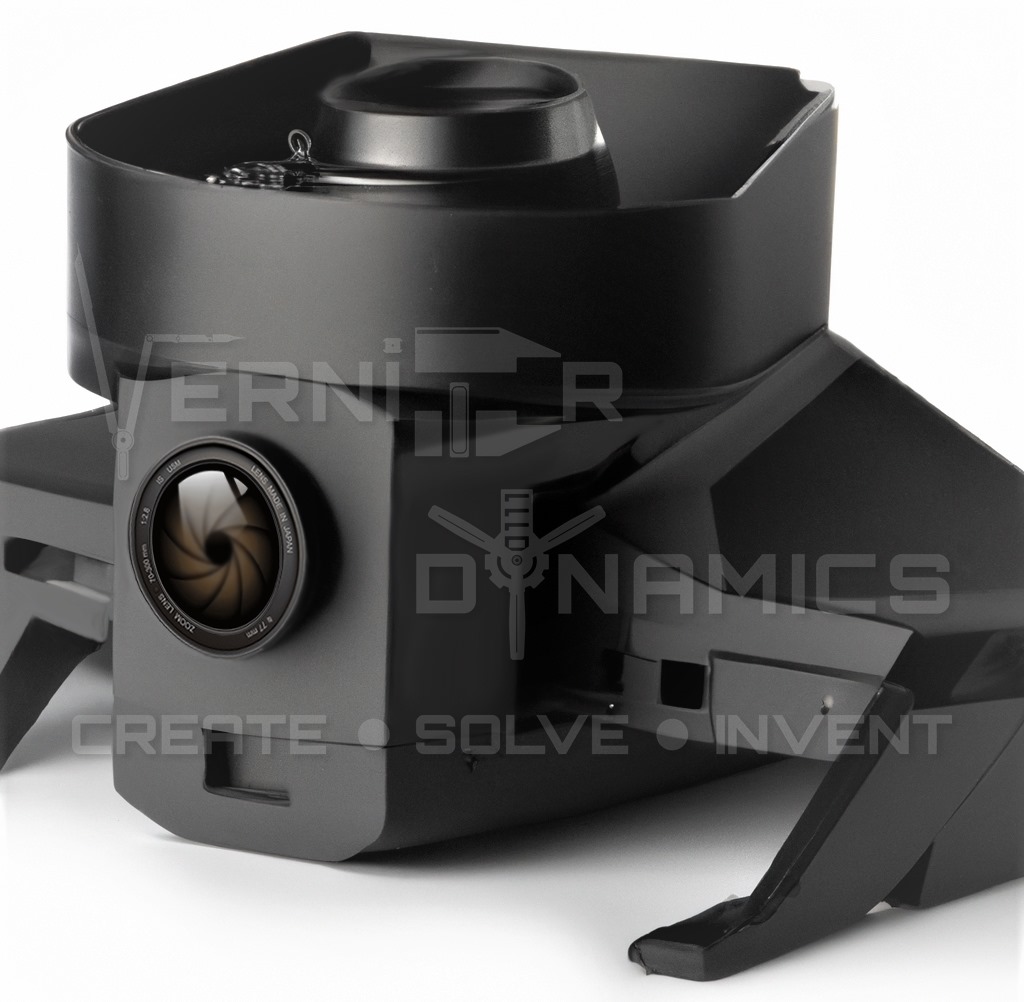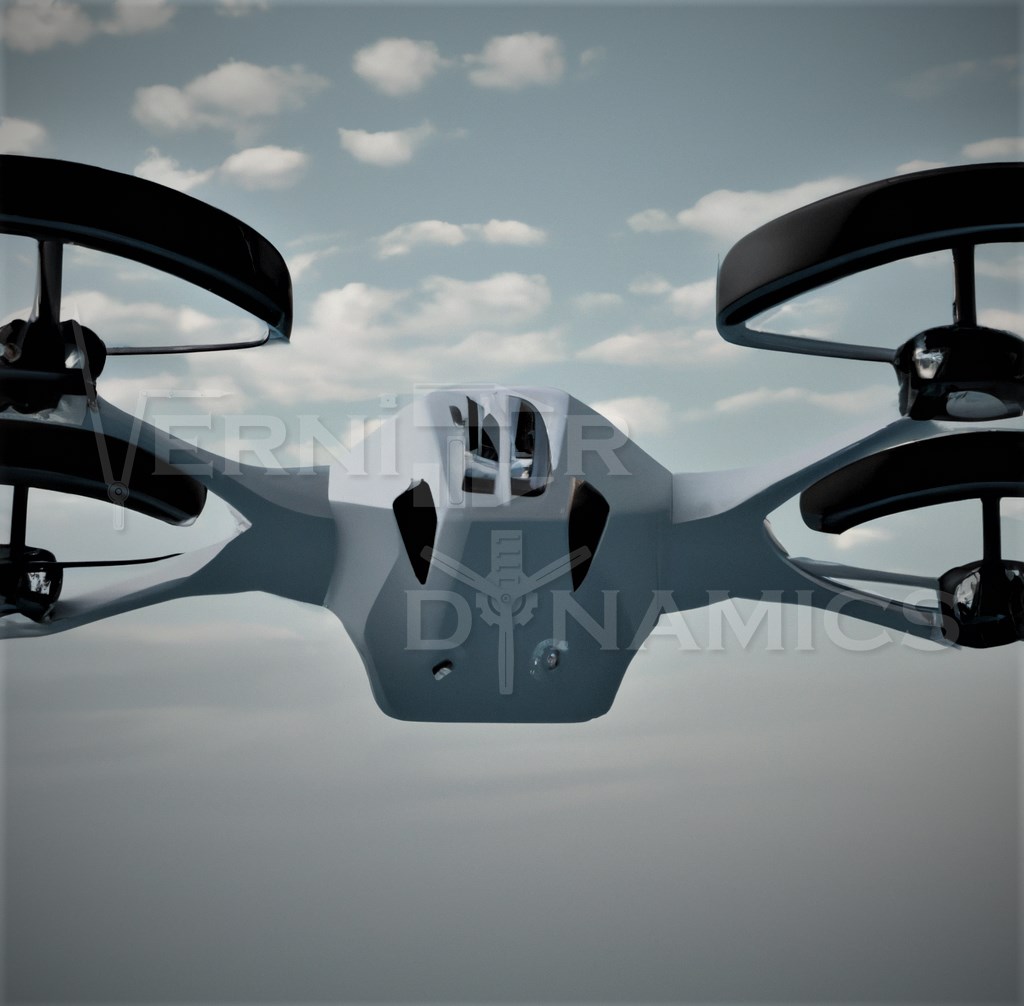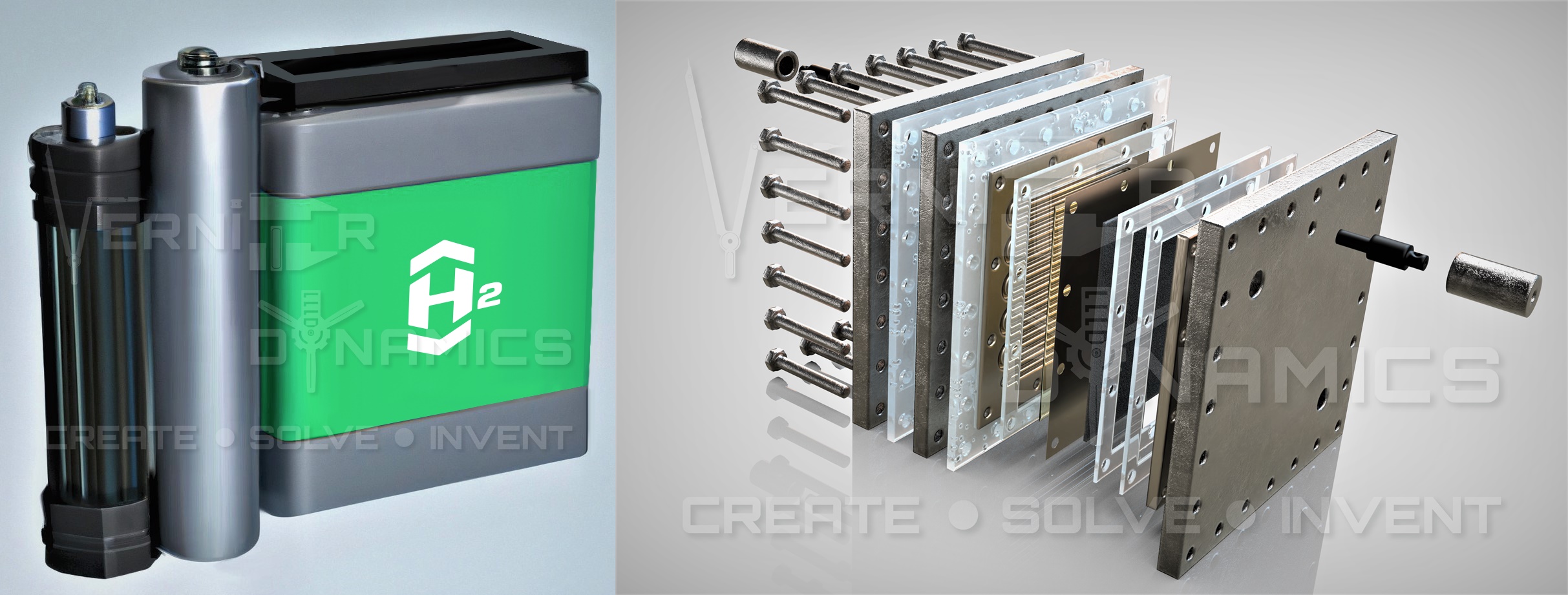
Exploring Polymer Blend Properties for Industrial Applications
Polymer blends comprise a crucial group of materials that
offer distinct properties unattainable by a single polymer alone. The
mechanical, structural, and thermal characteristics of polymer blends are
predicated on the compatibility of their constituents and the morphology of
their phases, which arises from their mixing. In recent years, the development
of polymer blends has garnered considerable attention from researchers and
industry players, owing to their favorable characteristics, including enhanced
properties and cost-effectiveness. This article delves into a comparative
analysis of the mechanical, thermal, and fire resistance properties of a suite
of polymer blends, namely PP+ABS, PA+ABS, PC+ABS, PP+PE, PA+PC, PLA+ABS, LGF+PP,
HFFR+PP, PA+PC+ABS, and MCLs. Additionally, we will investigate the
cost-effectiveness of each blend, a crucial factor for industrial applications.
1. PP+ABS: PP+ABS is a blend of Polypropylene (PP) and Acrylonitrile
Butadiene Styrene (ABS). It is known for its good impact resistance, toughness,
and resistance to chemicals. It is also relatively flame retardant, making it a
good option for applications requiring fire resistance. An example product of
PP+ABS is Bayblend® T65 XF from Covestro.
2. PA+ABS: PA+ABS is a blend of Polyamide (PA) and ABS. This
material combines the strength and toughness of ABS with the high temperature
resistance of Polyamide. It also has good resistance to impact and chemicals
and can be made flame retardant with the addition of certain additives. An
example product of PA+ABS is Lustran® ABS/PA 758 from Covestro.
3. PC+ABS: PC+ABS is a blend of Polycarbonate (PC) and ABS.
It combines the toughness and impact resistance of ABS with the heat resistance
and dimensional stability of Polycarbonate. It is also relatively flame
retardant and has good resistance to chemicals. An example product of PC+ABS is
Makrolon® 2607 from Covestro.
4. PP+PE: PP+PE is a blend of Polypropylene and Polyethylene.
It is known for its good chemical resistance and toughness, as well as its
ability to be easily molded. It is also relatively lightweight and has good
impact resistance. An example product of PP+PE is LG Chem’s LUPOY GP-5200.
5. PA+PC: PA+PC is a blend of Polyamide and Polycarbonate.
It combines the toughness and impact resistance of Polyamide with the heat
resistance and dimensional stability of Polycarbonate. It is also relatively
flame retardant and has good resistance to chemicals. An example product of
PA+PC is Bayblend® FR3010 from Covestro.
6. PLA+ABS: PLA+ABS is a blend of Polylactic Acid (PLA) and
ABS. It is known for its good mechanical properties and impact resistance, as
well as its biodegradability. An example product of PLA+ABS is NatureWorks’
Ingeo™ 3D850.
7. LGF+PP: LGF PP is a type of thermoplastic composite that
contains long glass fibers for improved strength and stiffness. It is known for
its good chemical resistance and toughness, as well as its ability to be easily
molded. An example product of LGF PP is LG Chem’s LUPOY GN5003GF.
8. HFFR+PP: HFFR PP stands for halogen-free flame retardant Polypropylene.
It is known for its good flame retardancy and chemical resistance, as well as
its ability to be easily moulded. An example product of HFFR PP is Sabic’s
NORYL™ GTX 936.
9. PA+PC+ABS: PA+PC+ABS is a blend of Polyamide, Polycarbonate,
and ABS that combines the strength and toughness of these materials while also
providing good heat resistance and flame retardancy. An example product of
PA+PC+ABS is Bayblend® FR3010 HF from Covestro.
10. MCLs: MCLs, or metal-clad laminates, are made of a layer
of metal sandwiched between layers of insulating material, such as polyimide or
polyester. They are known for their excellent thermal conductivity and
mechanical strength. An example product of MCLs is Isola’s 370HR laminate.
Tabular comparison and summary:
Material |
Thermal properties |
Strength |
Fire resistance |
Cost |
PP+ABS |
PP has a lower melting point than ABS, but the blend retains good thermal stability. ABS provides good impact resistance and strength. | Good impact resistance and mechanical strength. | Relatively flame retardant, but not as much as other options. | Cost-effective option compared to some other blends on the list. |
PA+ABS |
PA has good temperature resistance, while ABS has good thermal stability. | Good impact resistance and mechanical strength. | Can be made flame retardant with additives. | Cost-effective option compared to some other blends on the list. |
PC+ABS |
Good thermal stability and temperature resistance. | Good impact resistance and mechanical strength. | Good flame retardancy. | Cost-effective option compared to some other blends on the list. |
PP+PE |
PP has good thermal stability, while PE has a lower melting point but good temperature resistance. | Good impact resistance and mechanical strength. | Relatively flame retardant, but not as much as other options. | Cost-effective option compared to some other blends on the list. |
PA+PC |
Good temperature resistance and thermal stability. | Good impact resistance and mechanical strength. | Can be made flame retardant with additives. | Cost-effective option compared to some other blends on the list. |
PLA+ABS |
PLA has a lower melting point than ABS, but good thermal stability. | Good impact resistance and mechanical strength. | Not very flame retardant. | Can be more expensive than some other blends on the list. |
LGF+PP |
Good thermal stability. | Improved strength and stiffness due to long glass fibers. | Can be made flame retardant with additives. | May be more expensive than other options on the list. |
HFFR+PP |
Good thermal stability. | Good impact resistance and mechanical strength. | Halogen-free flame retardancy. | May be more expensive than some other options on the list. |
PA+PC+ABS |
Good temperature resistance and thermal stability. | Improved impact resistance and mechanical strength due to the blend of materials. | Good flame retardancy. | May be more expensive than some other options on the list. |
MCLs |
Good thermal conductivity. | Excellent mechanical strength. | Good flame retardancy. | May not be the most cost-effective option compared to other blends on the list. |
Segment wise comparison with respect to their following physical properties:
Thermal:
- LGF PP > PA+PC+ABS > PP+ABS > PC+ABS > HFFR PP > PLA+ABS > PA+ABS > PP+PE > MCLs
Strength:
- PA+PC > PA+PC+ABS > PC+ABS > PP+ABS > LGF PP > HFFR PP > PP+PE > PLA+ABS > MCLs > PA+ABS
Fire resistance:
- HFFR PP > PA+PC+ABS > PC+ABS > LGF PP > PP+ABS > PA+PC > PA+ABS > PP+PE > PLA+ABS > MCLs
Cost:
- PP+PE > PP+ABS > LGF PP > HFFR PP > PLA+ABS > PA+ABS > PC+ABS > PA+PC+ABS > PA+PC > MCLs




